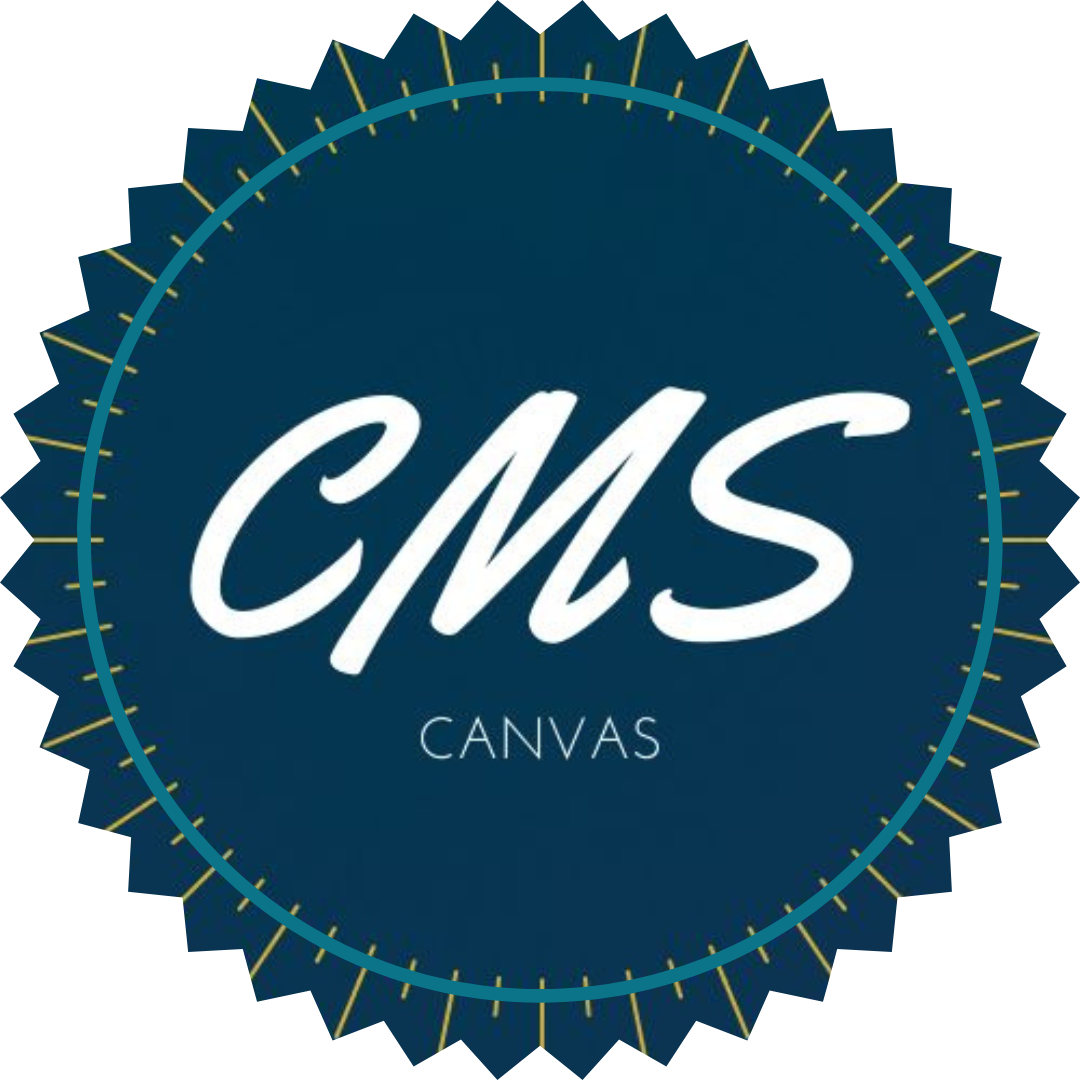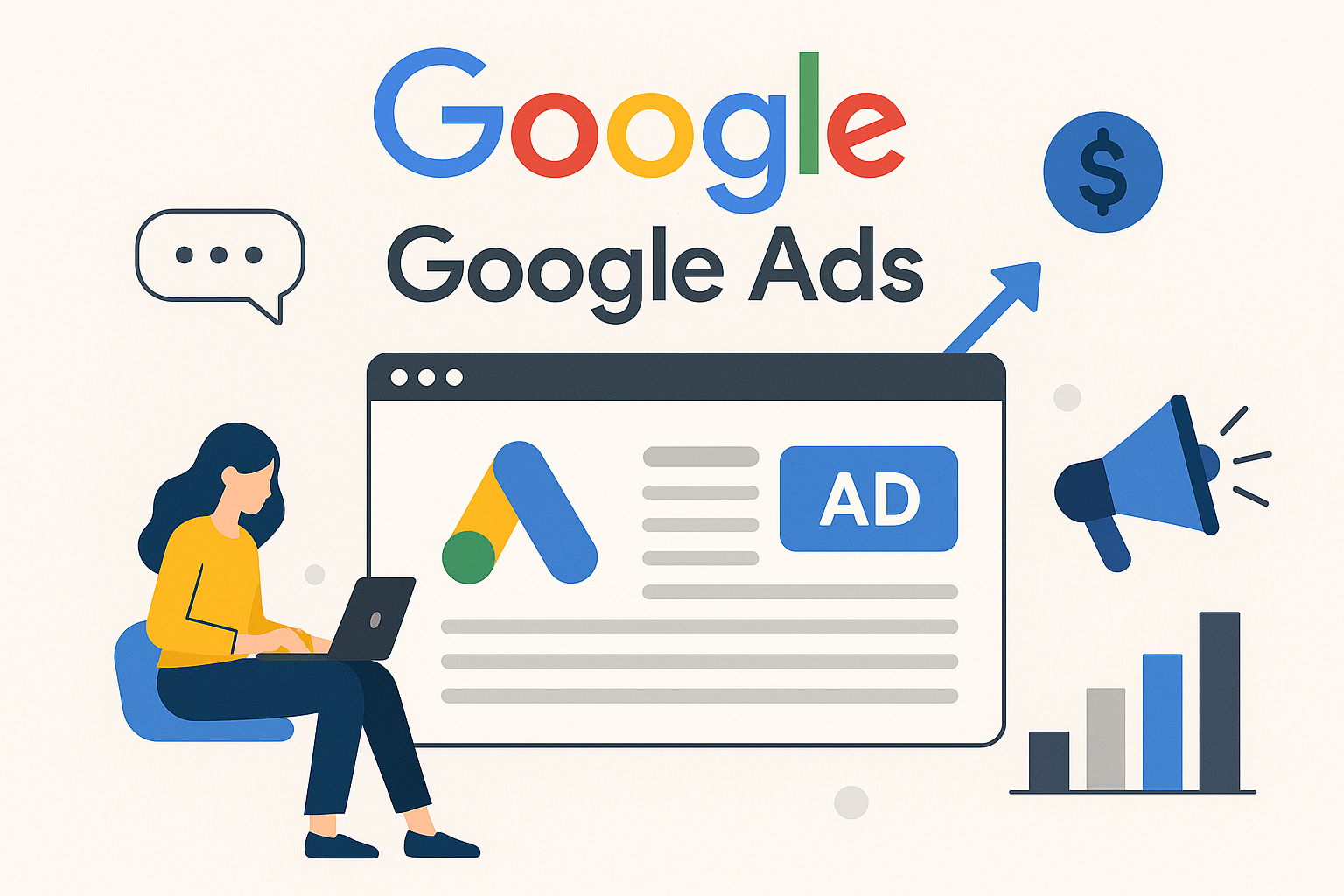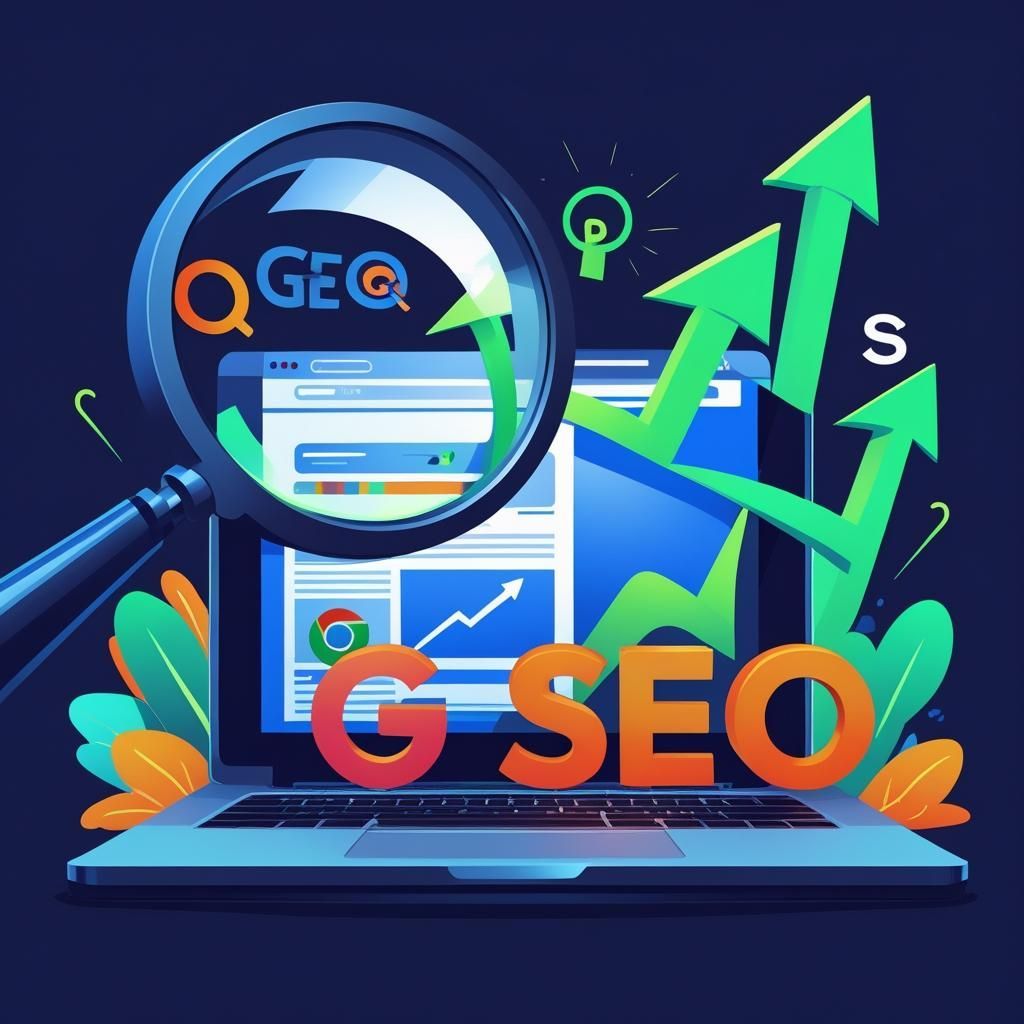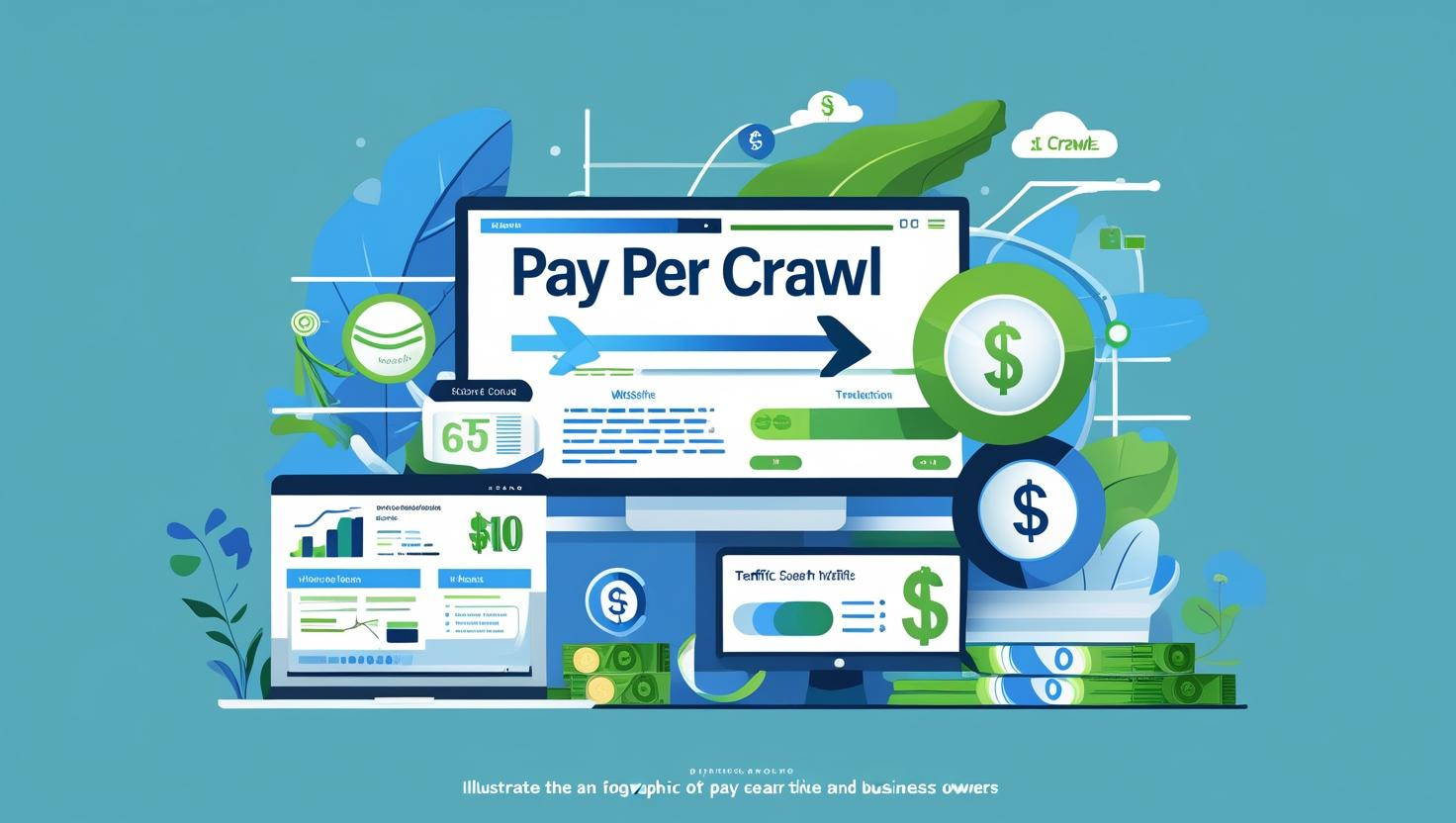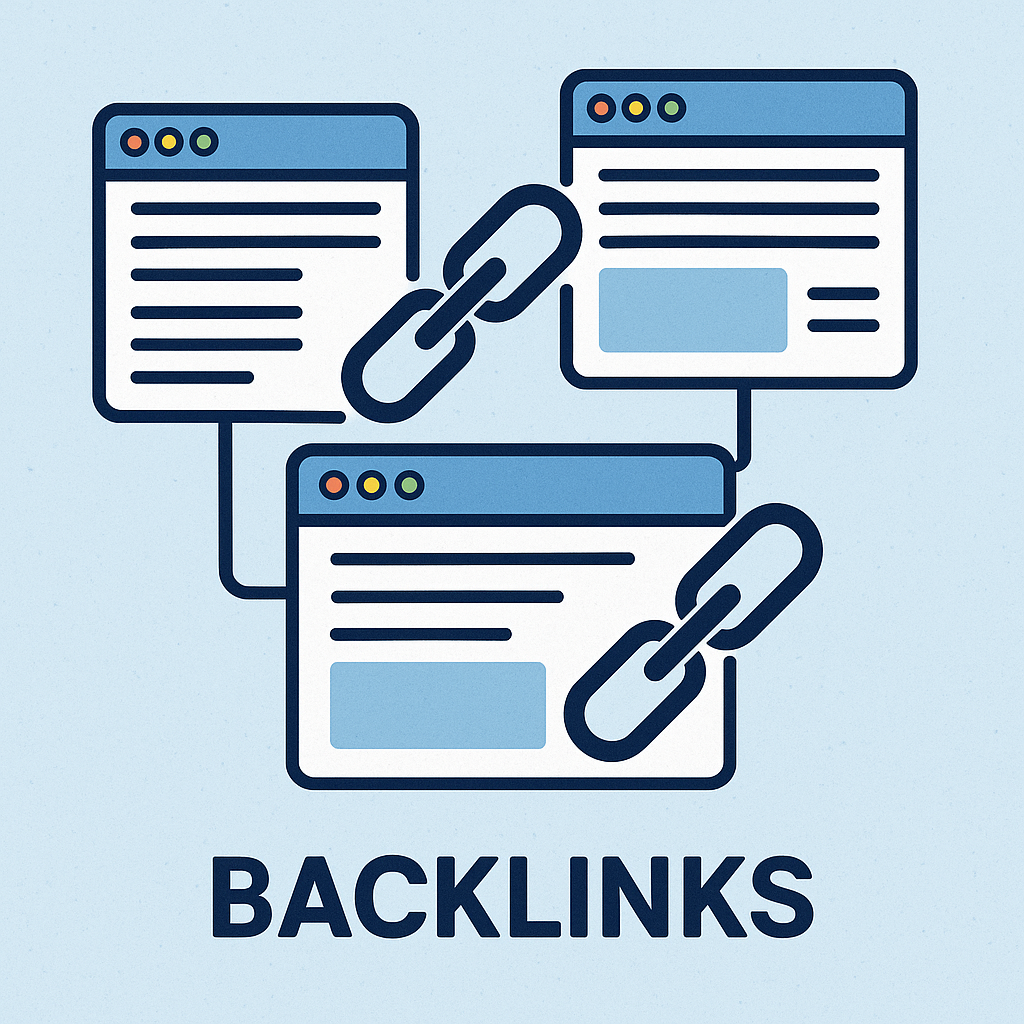Canvas Marketing Solutions Blog
How Much Does a Website Cost? Understanding the True Value of Web Development
Table of Contents
- Introduction: The Importance of a Website
- Why Are Websites So Expensive?
- Custom Design
- Advanced Functionality
- The Most Expensive Websites in the World
- The Truth About WordPress Template Websites
- Understanding Cost: A Detailed Breakdown
- Checklist: Evaluating Your Website Needs
- Frequently Asked Questions
- Conclusion
- Call-to-Action
Introduction: The Importance of a Website
In today's digital era, a website serves as the cornerstone of your online identity. It is more than just a digital business card; it is a platform for engagement, a channel for communication, and a hub for commerce. Your website is often the first point of contact between you and potential customers, making it a crucial factor in shaping their perception of your brand. With the increasing reliance on digital interactions, a well-designed website can significantly enhance your credibility and visibility. However, many businesses are often surprised by the costs associated with developing a website. This surprise stems from a lack of understanding about the elements that contribute to the overall expense.
The importance of a website extends beyond mere presence—it acts as a 24/7 storefront that can reach audiences globally, breaking geographical barriers. In an age where consumer behaviour is increasingly digital-first, a robust online presence is not just advantageous but essential. This presence allows businesses to engage with potential customers at any time and from anywhere, providing information, driving sales, and building brand loyalty. Moreover, a website serves as a platform for showcasing your products or services in a controlled environment, allowing you to tailor your messaging to resonate with your target audience. This level of control is invaluable in presenting a consistent brand image and driving home the unique selling propositions that set your business apart from competitors.
Furthermore, a website provides a platform for analytics, enabling businesses to gather data on user behaviour, preferences, and engagement levels. This information is crucial for making informed decisions about marketing strategies, product offerings, and user experience improvements. By understanding how visitors interact with your site, you can optimise it to better meet their needs and expectations, ultimately leading to increased conversions and customer satisfaction.
Why Are Websites So Expensive?
Websites can vary significantly in price, ranging from a few thousand pounds to tens of thousands. The price is primarily influenced by two factors:
Custom Design
A custom design tailored specifically for your brand ensures that your website stands out in a crowded digital marketplace. A reputable web designer invests time in understanding your brand, audience, and goals to create a unique design that embodies your business ethos. This bespoke approach involves extensive research and collaboration, requiring designers to create wireframes, mock-ups, and prototypes before finalising the design. This process ensures that every visual element aligns with your brand's identity and messaging, creating a cohesive and engaging user experience. While this bespoke approach can significantly drive up costs, it results in a website that is truly one-of-a-kind and can differentiate your business in a competitive market.
The process of custom design is intricate and involves several stages, each contributing to the overall cost. Initially, designers conduct thorough brand analysis to understand the core values and objectives of the business. This involves stakeholder interviews, competitor analysis, and market research to ensure the design is not only unique but also relevant and effective in the target market. Following this, designers create wireframes—blueprints of the website layout—which serve as a foundation for further design elements. These wireframes are then transformed into detailed mock-ups, incorporating branding elements such as colour schemes, typography, and imagery that align with the business's visual identity. Prototypes are then developed to simulate user interactions and ensure the design is user-friendly and intuitive. This comprehensive process demands a high level of expertise and collaboration, justifying the associated costs.
Advanced Functionality
Websites with complex functionalities, such as login platforms, e-learning modules, or extensive client intake systems, require substantial development effort. These functionalities are not only about adding features; they involve integrating various systems and ensuring seamless operation across devices and platforms. For instance, an e-commerce website needs a secure payment gateway, inventory management, and customer account systems, each adding layers of complexity. Websites with thousands of pages, such as those for hospitals, also demand considerable resources, both in terms of development and ongoing management. This involves regular updates and security patches to protect sensitive information, adding to the overall cost.
Developing advanced functionalities requires a deep understanding of both front-end and back-end technologies. Front-end development focuses on the user interface, ensuring that websites are responsive and accessible across different devices and screen sizes. This involves using technologies such as HTML, CSS, and JavaScript to create a seamless user experience. Back-end development, on the other hand, involves managing databases, server configurations, and application logic that power the website's functionalities. This requires expertise in programming languages such as PHP, Python, or Ruby, as well as knowledge of database management systems like MySQL or MongoDB.
Moreover, integrating third-party services, such as payment processors or customer relationship management (CRM) systems, adds another layer of complexity. Developers must ensure that these integrations are secure, efficient, and compliant with industry standards and regulations. This often involves rigorous testing and quality assurance processes to identify and resolve any potential issues before the website goes live. Additionally, ongoing maintenance is essential to keep the website secure and up-to-date, requiring regular updates, performance optimisation, and security monitoring. All these factors contribute to the overall cost of developing a website with advanced functionalities.
The Most Expensive Websites in the World
While not all websites reach astronomical costs, it's interesting to note the investment in some of the world's most expensive non-marketplace and non-search engine websites:
- Facebook- Initially, Facebook cost around $500,000 to develop. However, over the years, the social media giant has invested billions into its platform to ensure scalability and security. This ongoing investment is crucial to accommodate its massive user base and continuous feature enhancements.
- Instagram- Acquired by Facebook for $1 billion in 2012, Instagram's initial development cost was considerably lower. The platform’s value lies in its ongoing development and innovation, focusing on user engagement and integration of new features such as stories and reels.
- Twitter- Although its development costs are not publicly disclosed, Twitter's continuous investment in infrastructure and features contributes significantly to its overheads. Twitter's capacity to handle real-time data and its efforts to maintain user security and privacy illustrate the continuous nature of web development costs.
These examples illustrate how consistent investment and innovation are crucial for maintaining a cutting-edge web platform. The emphasis is not only on initial development but also on adapting to technological advancements and user expectations.
In the case of Facebook, the continuous investment in research and development has allowed the platform to evolve from a simple social networking site to a multifaceted digital ecosystem. This evolution has included the introduction of features such as Facebook Marketplace, Facebook Watch, and Facebook Dating, each requiring significant development resources. Furthermore, Facebook's commitment to security and user privacy necessitates ongoing investment in security infrastructure and compliance with global data protection regulations.
Similarly, Instagram's success can be attributed to its relentless focus on user experience and innovation. The introduction of features like Instagram Stories and Reels has not only kept the platform relevant in a competitive landscape but has also driven user engagement and growth. These features, inspired by competitors like Snapchat and TikTok, demonstrate Instagram's ability to adapt to changing user preferences and market trends.
Twitter, on the other hand, has prioritised real-time communication and data processing, investing heavily in infrastructure to support its vast user base and the rapid dissemination of information. The platform's commitment to user security and privacy is evident in its continuous efforts to combat misinformation and improve user experience through features like Twitter Spaces and Twitter Blue. These ongoing investments highlight the importance of adapting to technological advancements and user expectations in maintaining a successful web platform.
The Truth About WordPress Template Websites
Many online marketing agencies and web developers offer WordPress template websites. While these can look visually appealing, they often lack the bespoke design and advanced functionality of custom websites. Templates are pre-designed layouts that offer limited customisation options, meaning your website might resemble many others using the same template. Businesses should be cautious of being overcharged for such services. If a website is built on a theme or template, and does not incorporate advanced features, it should not cost more than £3,000 to £5,000.
For websites with extensive functionality or completely custom builds, costs can range from £20,000 to £50,000. Always ask your developer, "Is this website built on a theme or a template, or is it completely unique and custom?" This question can help you assess whether the pricing aligns with the value being offered.
WordPress template websites offer a cost-effective solution for businesses with limited budgets or simple requirements. These templates provide a starting point for creating a website, allowing businesses to get online quickly and with minimal investment. However, the trade-off is often a lack of uniqueness and flexibility, as templates are designed to cater to a wide range of users and may not fully align with your brand's identity or specific needs.
When considering a WordPress template website, it's essential to evaluate the level of customisation offered by the template and whether it meets your business requirements. Some templates may allow for limited customisation, such as changing colours, fonts, and images, while others may offer more extensive options for modifying layouts and functionalities. It's crucial to understand these limitations before committing to a template-based website, as they may impact your ability to create a truly unique and engaging online presence.
Additionally, while WordPress templates can provide a quick and affordable solution, it's important to consider the potential long-term costs associated with maintaining and updating the website. Templates may require regular updates to ensure compatibility with the latest WordPress versions and plugins, which can incur additional costs if not managed in-house. Furthermore, as your business grows, you may find that the limitations of a template-based website hinder your ability to expand or adapt to changing needs, necessitating a more substantial investment in a custom-built solution.
Understanding Cost: A Detailed Breakdown
When evaluating website costs, consider the following components:
- Design: Custom graphics, branding, and layout contribute significantly to costs. This involves creating a user interface that is not only visually appealing but also user-friendly, ensuring visitors have an excellent experience on your site.
- Development: The coding and programming required to bring your site to life. This includes both front-end and back-end development, ensuring that the website functions correctly and efficiently across different devices and browsers.
- Functionality: Added features such as e-commerce capabilities, databases, and user interfaces. These require significant technical expertise to implement correctly and securely.
- Content: Quality content creation including text, images, and multimedia. Engaging content is essential for attracting and retaining visitors, and professional content creators can ensure that your messaging is clear and effective.
- SEO: Search engine optimisation to ensure your website ranks well on search engines. SEO involves both on-page elements, like keywords and meta tags, and off-page strategies, such as backlinking, to improve visibility.
- Maintenance and Support: Ongoing updates and technical support to keep your website running smoothly. Regular maintenance ensures that your site remains secure and functional, adapting to any changes in technology or user behaviour.
Each of these components plays a crucial role in the overall success of a website, and understanding their costs can help you make informed decisions about your investment.
Design: The design process is a collaborative effort between designers and business owners, ensuring that the final product accurately reflects the brand's identity and resonates with its target audience. This process often involves multiple iterations and feedback sessions, allowing for refinements and improvements before the final design is approved. Investing in quality design is essential, as it directly impacts the user experience and can significantly influence visitor engagement and conversion rates.
Development: Development costs can vary depending on the complexity of the website and the technologies used. A simple website with basic functionalities may require minimal development time, while a complex site with advanced features may necessitate extensive coding and integration efforts. It's important to choose a development team with the necessary expertise and experience to deliver a high-quality product that meets your specific needs.
Functionality: The cost of implementing advanced functionalities can vary widely based on the complexity and scope of the features required. For example, adding an e-commerce component with secure payment processing and inventory management may require significant development resources and expertise. It's crucial to prioritise the functionalities that are most important to your business and budget accordingly, ensuring that you invest in features that will provide the greatest value and impact.
Content: High-quality content is essential for engaging visitors and conveying your brand's message effectively. This may involve hiring professional writers, photographers, and videographers to create compelling and relevant content that resonates with your audience. Additionally, consistent content updates and optimisation are necessary to maintain relevance and improve search engine rankings, requiring ongoing investment and effort.
SEO: SEO is an ongoing process that requires continuous monitoring and adjustment to ensure that your website remains visible and competitive in search engine results. This involves both on-page and off-page strategies, such as keyword research, meta tag optimisation, and building quality backlinks. Investing in SEO can significantly improve your website's visibility and drive organic traffic, leading to increased brand awareness and conversions.
Maintenance and Support: Regular maintenance and support are essential to ensure that your website remains secure, up-to-date, and functional. This may involve software updates, security patches, performance optimisation, and troubleshooting any issues that arise. Investing in ongoing support ensures that your website continues to meet user expectations and adapts to changes in technology and user behaviour.
Checklist: Evaluating Your Website Needs
Before embarking on a website project, use this checklist to evaluate your needs:
- Purpose: What is the primary goal of your website? Is it to provide information, sell products, or engage with customers?
- Design Preferences: Do you need a custom design, or will a template suffice? Consider the importance of brand differentiation when making this decision.
- Functionality Requirements: What features must your website include? Make a list of necessary and desirable features to guide your development process.
- Budget: How much are you willing to invest? Understanding your budget can help prioritise features and functionalities.
- Timeline: When do you need your website to be live? A timeline will help in planning and managing the development process efficiently.
- Maintenance Plan: What ongoing support will you require? Consider whether you have in-house capability or need external support for updates and troubleshooting.
Each item on this checklist is crucial in guiding your website development project and ensuring that your investment aligns with your business goals and objectives.
Purpose: Clearly defining the purpose of your website is the first step in the planning process. Whether your goal is to inform, engage, or convert visitors, having a clear understanding of your objectives will guide all subsequent decisions, from design to content to functionality. This clarity ensures that your website is tailored to meet your specific needs and deliver the desired outcomes.
Design Preferences: Your website's design is a reflection of your brand, and it's important to consider how you want to be perceived by your audience. A custom design can help differentiate your brand and create a unique online presence, while a template may be sufficient for simpler projects with limited budgets. Consider your brand's identity and the level of differentiation required when choosing between a custom design and a template.
Functionality Requirements: Identifying the features and functionalities your website requires is essential for guiding the development process. Make a list of must-have features, such as e-commerce capabilities or contact forms, and consider any additional features that could enhance the user experience or provide added value. This list will help prioritise development efforts and ensure that your website meets your business needs.
Budget: Your budget will play a significant role in determining the scope and scale of your website project. Understanding your financial constraints will help you make informed decisions about design, development, and functionality, ensuring that you allocate resources effectively and avoid unnecessary expenses.
Timeline: Establishing a timeline for your website project is crucial for managing expectations and ensuring timely delivery. Consider any external factors, such as product launches or marketing campaigns, that may impact your timeline, and communicate your deadlines clearly with your development team to ensure a smooth and efficient process.
Maintenance Plan: Ongoing maintenance and support are essential for keeping your website secure, functional, and up-to-date. Consider the level of support you require and whether you have the in-house capability to manage updates and troubleshooting. If not, factor in the cost of external support to ensure that your website continues to deliver optimal performance and user experience.
Frequently Asked Questions
- How much does a basic website cost? A basic website, often built on a template, can cost between £3,000 and £5,000. This typically includes essential features and a standard design.
- What makes a website expensive? Custom designs and advanced functionalities significantly increase the cost of a website. The complexity of the project and the level of customisation required are key factors.
- Should I choose a template or a custom design? It depends on your needs. If you require a unique brand identity and specific functionalities, opt for a custom design. Otherwise, a template may suffice for simpler projects.
- What is the average time frame for building a website? The timeline for building a website can vary depending on the complexity and scope of the project. A basic website may take a few weeks to develop, while a more complex site with custom design and advanced functionalities could take several months.
- How often should I update my website? Regular updates are essential to ensure your website remains secure, functional, and relevant. This may include software updates, content updates, and performance optimisation, and should be done at least quarterly.
Conclusion
Investing in a website is a crucial decision for any business. Understanding the factors that influence website costs can help you make informed choices, ensuring your online platform meets your business objectives without unnecessary expenses. By carefully considering your requirements and budget, you can create a website that effectively supports your business goals.
A well-designed and functional website can serve as a powerful tool for driving growth and success. By investing in quality design, development, and ongoing maintenance, you can ensure that your website remains a valuable asset that enhances your brand's online presence and delivers a positive user experience.
Call-to-Action
Ready to elevate your business with a professionally developed website? At Canvas Marketing Solutions, we specialise in creating tailored solutions that resonate with your brand and audience. Visit our services page to explore how we can assist in crafting a website that not only meets but exceeds your expectations. Contact us today for a consultation and take the first step towards a remarkable online presence. Our team of experts is ready to guide you through every stage of the process, ensuring that your website is a true reflection of your brand and a powerful tool for achieving your business objectives.

